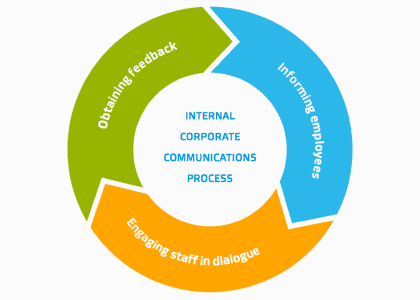Businesses, whether small or large, can sometimes face challenging circumstances that threaten their sustainability. Recognising when to step in and take decisive action is crucial to guide a business back to stability and growth. Business rescue is a solution for companies experiencing financial or operational difficulties, but how do you know when it’s time to consider it? Below, we’ll explore the warning signs, common causes, and practical recovery strategies that can help a business turn the tide.
Recognising the Warning Signs
For a company to act promptly, it must first identify that it is in trouble. Here are some common indicators that a business might be heading toward a critical point:
Decreasing Sales
A steady decline in sales is often the first red flag. This issue can arise from shifting market demands, heightened competition, or outdated offerings. Over time, reduced revenue will affect profit margins, making it harder to cover operational costs or reinvest in growth initiatives. Staying alert to sales patterns might highlight deeper problems affecting your company’s performance.
Cash Flow Problems
Cash flow is essential for daily business operations. If a company struggles to meet its financial obligations, such as paying suppliers and employees, it may be heading toward insolvency. Late payments from customers, rising operating costs, or poor management of working capital can lead to strained liquidity. Cash flow issues can quickly snowball, making swift intervention vital.
Increasing Debt
Mounting debt is another primary warning sign. If a business continually relies on loans, credit, or deferred payments to stay afloat, it risks becoming trapped in a debt cycle. An inability to pay down existing obligations may damage relationships with creditors and lenders, limiting access to future funding. Persistent borrowing without addressing underlying issues weakens a business’s foundation.
Effective Recovery Strategies
Once a business identifies that it is in financial distress, it must act decisively to recover. The following strategies can provide actionable solutions for companies aiming to regain their footing:
Cost Optimisation
The quickest way to improve financial stability is by reducing expenses. Assess all areas of the company to identify opportunities to cut unnecessary costs. This could involve streamlining production processes, consolidating roles, or renegotiating contracts with suppliers. By focusing on efficiency, businesses can better align their expenses with revenue.
Debt Restructuring
Debt repayment often imposes a significant burden on struggling businesses. Negotiating with creditors to restructure repayments can provide relief. Creditors may agree to reduced payments, extended timeframes, or revised terms to avoid a complete default. Establishing open communication and demonstrating a credible recovery plan can encourage creditors to cooperate.
Exploring New Revenue Streams
Relying on stagnant or declining markets can perpetuate financial difficulties. Consider diversifying offerings or expanding into new demographics to bolster income. Market research and consumer insights can guide development efforts, helping to launch products or services that resonate with demand.
Professional Guidance
Sometimes, external support is needed to diagnose deep-rooted problems and implement effective solutions. Experienced turnaround specialists or consultants bring practical expertise to stabilise struggling businesses. Working with professionals may involve organisational restructuring or aligning operations with long-term goals to sustain recovery.
Closing Thoughts
Every business will face hurdles at some stage, but recognising the early warning signs of trouble can help salvage and revitalise a struggling organisation. Whether through cutting costs, managing debt, or innovating in the market, taking proactive steps ensures a higher probability of beating the odds. If your business is under pressure, consider seeking advice from experts who specialise in business recovery.
By understanding the signs and acting decisively, companies can not only overcome challenges, but also position themselves for sustainable growth in the future.




